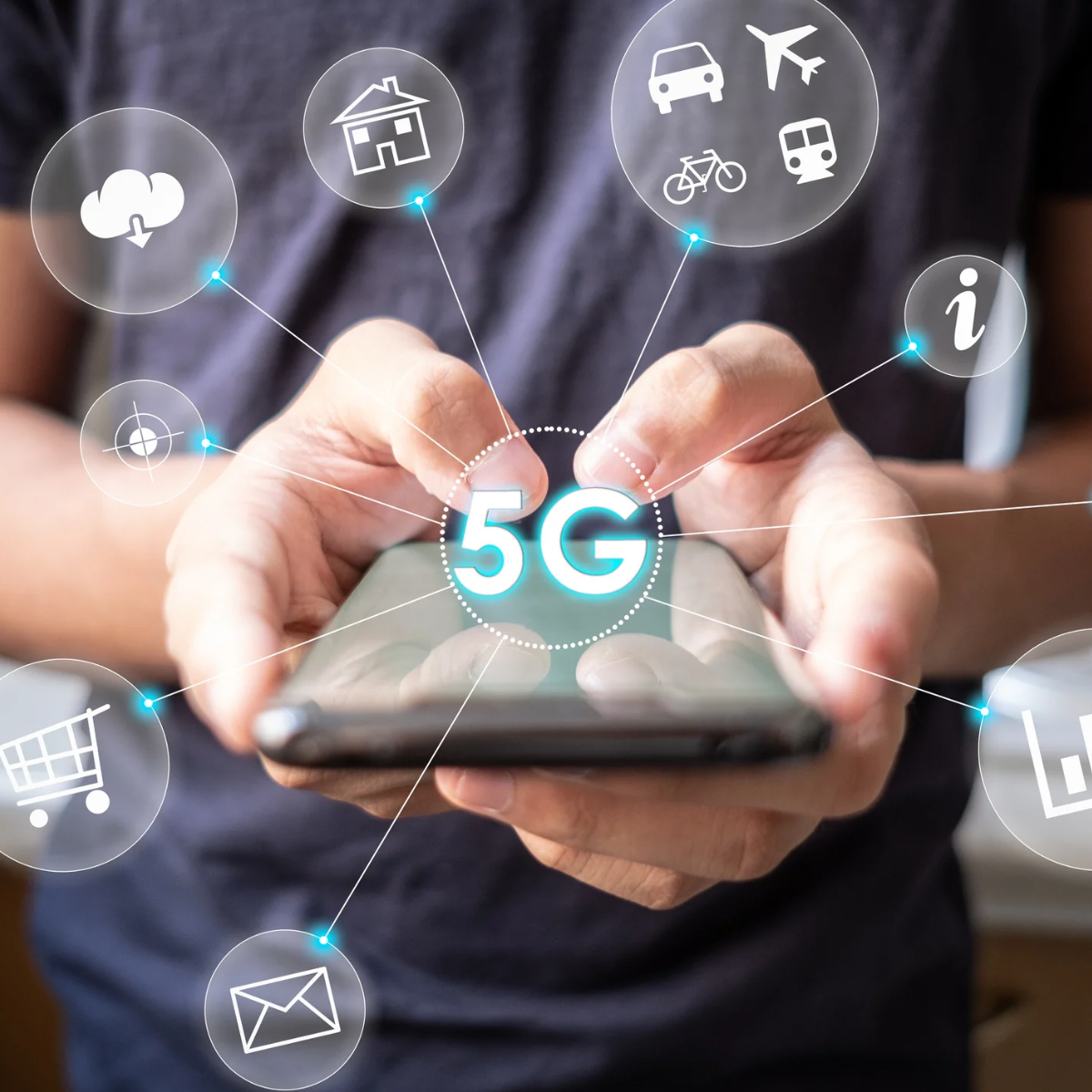In the ever-evolving landscape of technology, few advancements have generated as much excitement and potential as the rollout of 5G networks. This next-generation wireless technology promises not only faster and more reliable connections but also a profound impact on various industries, particularly in IT and telecom. In this blog post, we’ll explore how 5G is reshaping these sectors and opening doors to new possibilities.
1. Lightning-Fast Connectivity:
At its core, 5G is synonymous with speed. With data transfer rates up to 100 times faster than its predecessor, 4G, 5G opens up the possibility of near-instantaneous data transfers. This speed is a game-changer for IT professionals, enabling faster cloud computing, seamless remote work, and rapid data backup and recovery. Telecom providers can offer enhanced browsing experiences, high-definition video streaming, and better VoIP services.
2. Internet of Things (IoT) Revolution:
The marriage of 5G and IoT is a match made in technology heaven. 5G’s low latency and massive device connectivity are tailor-made for the proliferation of IoT devices. IT and telecom industries can leverage this synergy to create smart cities, optimize supply chains, and revolutionize industrial processes. Telecom providers can offer dedicated networks for IoT devices, ensuring efficient communication and data transfer between connected devices.
3. Business Opportunities Abound:
The expansion of 5G brings with it a myriad of business opportunities. IT companies can develop new applications that capitalise on the increased speed and connectivity, from augmented reality (AR) experiences to remote surgery capabilities. Telecom providers can offer specialized packages for businesses looking to leverage the potential of 5G for their operations. This is a chance for startups and established players alike to innovate and disrupt existing business models.
4. Enhanced User Experiences:
5G is not just about speed; it’s about delivering enhanced user experiences. With reduced latency, users can enjoy lag-free video conferencing, immersive gaming, and AR/VR applications that were previously hindered by connectivity limitations. IT companies can develop applications that harness these capabilities, while telecom providers can offer tailored packages for consumers seeking these enhanced experiences.
5. Overcoming Challenges:
While the potential of 5G is immense, its implementation is not without challenges. Infrastructure upgrades, spectrum allocation, and security concerns are areas that need careful consideration. IT and telecom professionals must work together to ensure that the benefits of 5G are realised while addressing these hurdles effectively.
The arrival of 5G technology is ushering in a new era for IT and telecom industries. From lightning-fast connectivity to unprecedented IoT capabilities, the potential for innovation and growth is substantial. As this technology becomes more widespread, the collaboration between IT and telecom will be crucial in maximising its benefits while navigating the challenges. The future is here, and it’s 5G-powered.


